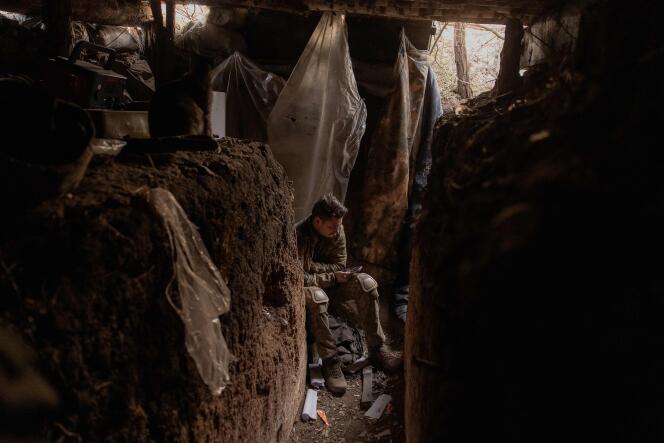


Close to five months after the launch of the Ukrainian counter-offensive in the south of the country, Western soldiers and analysts share the same bitter observation: Kyiv's army has made very little progress and, above all, is no longer advancing. "Despite the determined efforts of the Armed Forces of Ukraine (AFU), five months of offensive operations have not breached Russia’s defence lines," observes Jack Watling, a researcher at the Royal United Services Institute (RUSI), in a note published on October 19. "Ukraine retains some options to make Russian dispositions uncomfortable, but it is highly unlikely that there will be a breakthrough (...) this year," adds the ground combat specialist, predicting the conflict will continue until 2024 or even beyond.
When the Ukrainian army launched its first assaults on Russian lines on June 4, it had high hopes for the operation. Throughout the spring, it had been amassing men and equipment to breach the defenses its enemy had erected along some 1,000 kilometers of the frontline. Twelve brigades, comprising some 35,000 soldiers, had been specially formed for this military maneuver. Some of them had been equipped with modern Western armor: British Challenger 2 and German Leopard 2 main battle tanks, American Bradley infantry fighting vehicles, French AMX-10 RC reconnaissance vehicles, etc.
Kyiv's objective for the counter-offensive was to break through the Russian defensive system built south of the line between the towns of Zaporizhzhia and Donetsk, in an attempt to reach the Sea of Azov south of Melitopol, or at Berdiansk or Mariupol. Such an operation would have enabled the Ukrainians to split the Russian army in two, thereby isolating its Western forces, deployed on the left bank of the Dnipro River. Most importantly, it would have broken the land bridge connecting Russia to the Crimean peninsula, which Moscow uses to supply its forces throughout the country's south with men and equipment.
Despite countless attempts to break through the Russian defensive curtain, the Ukrainian army is stalling. At the height of its push on the southern front this summer, it only advanced by an average of 90 meters a day, according to the Center for Strategic and International Studies (CSIS), a US-based think tank, in a report published on October 12. "The 12 brigades mobilized by the Ukrainians for their counter-offensive have been partly depleted, and their soldiers are still stuck on the first line of Russian defense," confirmed a French military source, who was not very optimistic about the Ukrainians' ability to break through the enemy trenches.
You have 75% of this article left to read. The rest is for subscribers only.
